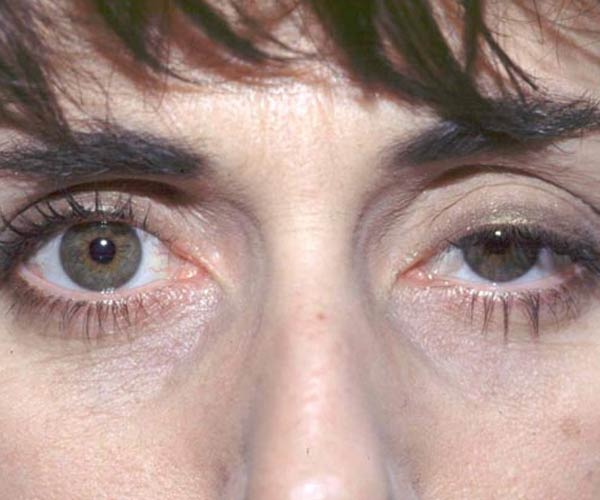Ptosis: What It Is and How to Treat It
By Dr. Stephen Cosentino
PRESIDENT OF EMPIRE MEDICAL TRAINING
Ptosis is a medical condition characterized by persistent drooping of the upper eyelid. Commonly known as “droopy eyelid,” ptosis can affect one or both eyes and may occur due to trauma or illness (acquired ptosis) or be present from birth (congenital ptosis).
Mild ptosis, where the eyelid droops but does not cover the pupil, is a cosmetic issue that affects the sufferer’s appearance but does not reduce quality of life. Depending on the circumstances, your medical provider may or may not recommend treatment.
More serious instances of ptosis can cause vision loss and other complications. These cases generally do require treatment.
If you suffer from ptosis or know someone who does, here’s what you should know about the condition, its causes, and potential treatments.
What Is Ptosis? Symptoms and Causes
The telltale sign of ptosis is drooping of the upper eyelid. Ptosis may present in less direct ways as well, including:
- Uneven appearance of the eyes
- Lazy eye
- Head and neck pain or injury caused when the patient strains to see out the affected eye
- Blurry or shaded vision
- Temporary vision loss
Ptosis has several known causes.
A significant share of ptosis cases are present from birth. This is known as congenital ptosis, and its root cause is typically genetic.
It’s far from the only type of congenital eye abnormality. According to the Cleveland Clinic, common conditions like strabismus (misalignment of the eye often presenting as lazy eye) and cataracts are congenital as well. Congenital ptosis may be associated with certain types of childhood eye abnormalities, such as strabismus and amblyopia.
Non-congenital ptosis is also known as “acquired” ptosis. Acquired ptosis typically occurs due to illness or injury affecting the muscle that lifts the upper eyelid, including:
- External trauma
- Nerve damage due to autoimmune diseases like myasthenia gravis
- Nerve damage due to eye surgery (such as cataract surgery) or facial plastic surgery
- Age-related neurological issues
- Temporary muscle paralysis or nerve interference due to cosmetic injections like Botox
Treatments for Ptosis
Recommended treatment for ptosis depends on the condition’s root causes, severity, and impact on the patient’s quality of life.
Ptosis Surgery
Your physician may recommend ptosis surgery if the condition affects your eyesight, or you may pursue elective ptosis surgery for cosmetic reasons. In either case, this surgery raises or lifts the eyelid by tightening the levator muscle. It’s the most invasive solution to ptosis but the only one considered permanent.
Ptosis Crutch
The ptosis crutch or eye crutch is a simple medical device that supports the upper eyelid and reduces eyelid droopiness. It’s typically made to order by an optometrist and affixed to the patient’s eyeglasses. Though temporary, the ptosis crutch is a good solution for patients who prefer not to pursue surgery.
Eye Drops
Prescription eye drops specially formulated to treat acquired ptosis may alleviate mild to moderate forms of the condition. The drops’ active ingredient stimulates the muscle of the upper eyelid, raising it up to 2 millimeters in patients who respond well to treatment.
Avoiding Ptosis with Botox®, Dysport®, Jeuveau®, and Xeomin®
One potential cause of acquired ptosis is improper administration of botulinum toxin medications like Botox, Dysport, Jeuveau, and Xeomin. If injected into the wrong part of the eyelid muscle or improperly diluted before injection, these cosmetic treatments can temporarily paralyze the upper eyelid and cause the telltale droopiness associated with ptosis.
You can greatly reduce the risk of acquired ptosis from injectable cosmetic treatments by:
- Working with a licensed, fully trained provider who understands how botulinum toxin medications work and how to administer them properly.
- Reporting any medical conditions or medications that may make you an unsuitable candidate for Botox.
- Always following your provider’s medical advice around post-treatment behaviors.
- Promptly reporting droopy eyelids or any other suspected side effects or complications of Botox treatment.


